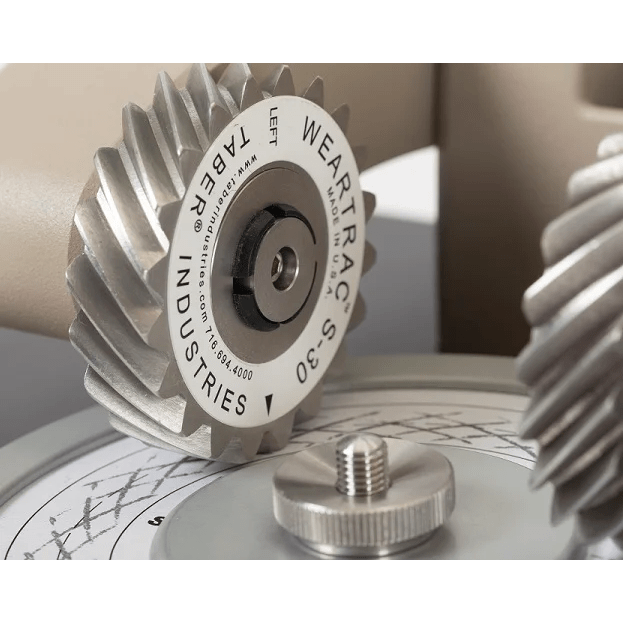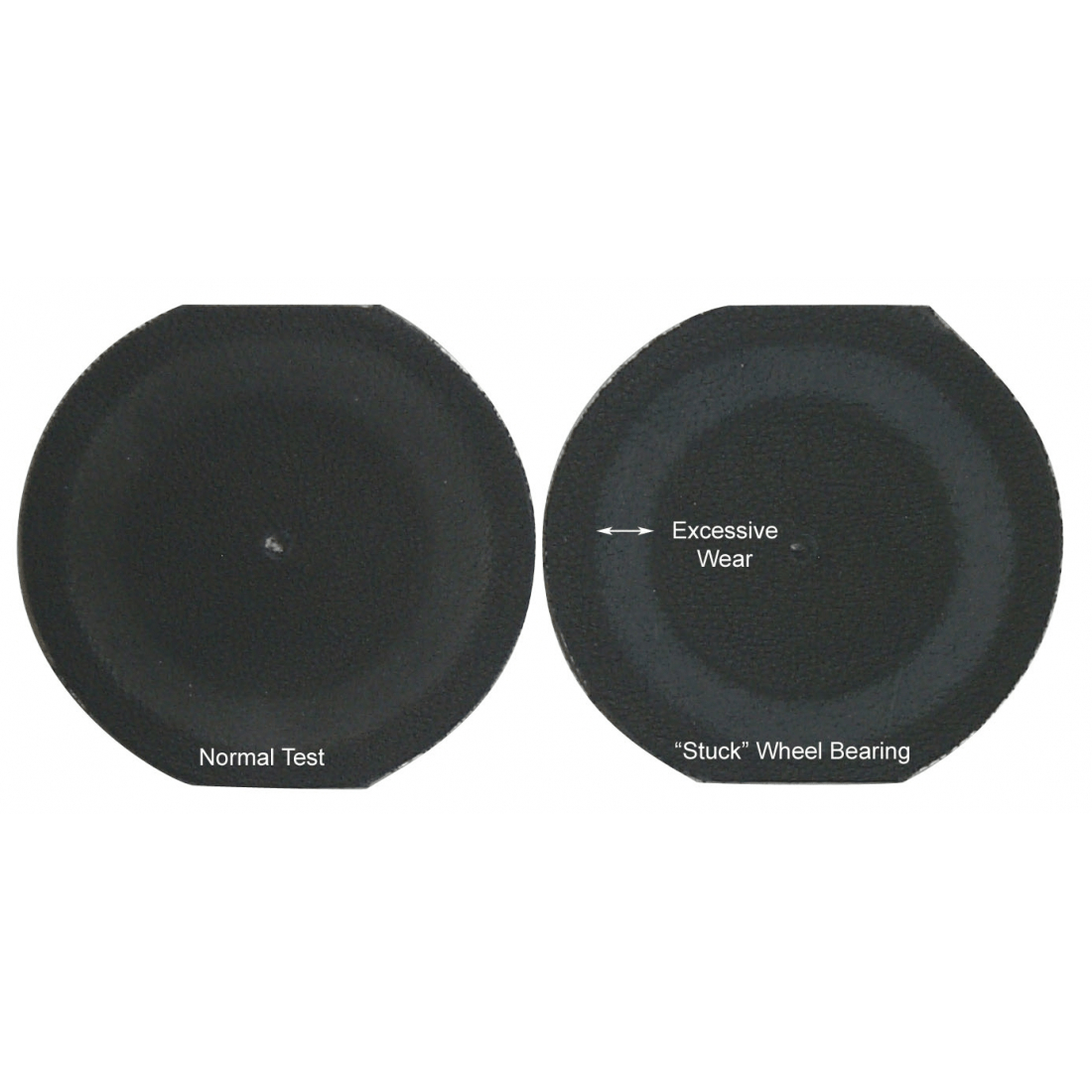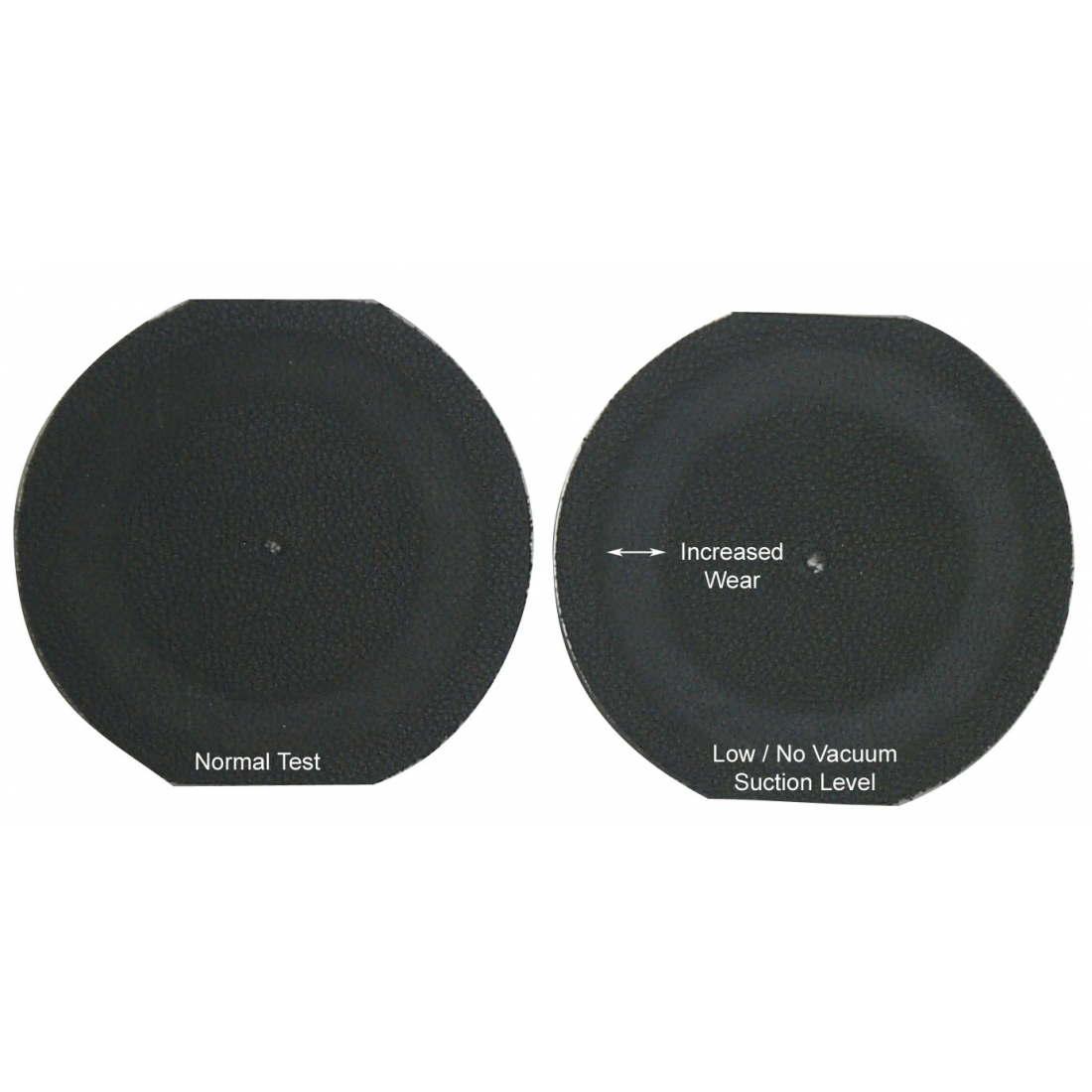Your product
1700/1750 - Calibration test kit
1700/1750 - Calibration test kit
The Taber Rotary Platform Abraser (Abrader) 1700/1750 is a precision instrument that must be calibrated regularly by an authorised Taber calibration centre. The frequency of this calibration should be based on the use of the instrument, experience and good laboratory practice and should be included in your organisation's quality procedures.
For the Taber Rotary Platform Abraser 1700/1750 is a Calibration test kit available. Although not intended as a replacement for regular device calibration, this reliable system check is useful for identifying potential problems and determining whether a device should be sent in for recalibration or repair before scheduled calibration.
The kit contains instructions for carrying out inspections that are critical to the performance of the appliance and allows the operator to monitor the following important parameters:
- Correct wheel alignment
- Correct wheel track
- Irregular bearing wear
- Vacuum suction power
Why is calibration important?
Despite the appearance of a simple test, the Taber Abraser (Abrader) involves a complex interaction between the individual critical components. A deviation from the tolerance for one element can lead to significant differences in the test results. For example, improper alignment of the grinding wheels can result in each wheel abrading a different path than the complementary wheel over the sample, as can the wheels on other machines. The path area can differ by up to 20 %, and the area ground by both wheels on a sample can be less than 50 % of the total ground area for that sample!
Mögliche Fehlerquellen
- A Misaligned abrasion arm causes a problem with wheel alignment, as mentioned above. The effects of a 4mm misalignment include a change in wear area of approximately 1000mm² and a less aggressive test. The overlap of the wheels would decrease from 100 % to about 65 %. The image on the right shows laminate worktops tested with a device showing this condition.
- The Rotation of the wheel bearings plays a crucial role in the proper operation of the Taber Abraser (Abrader). Worn wheel bearings may have excessive play or prevent the wheel from turning easily. Specific areas to inspect for bearing wear are the pivot points of the abrader arm and the shaft on which the wheel rotates. This includes, but is not limited to, any lateral, twisting or other movement outside the specific rotation of the arm or shaft. As the picture of the leather sample shows, a "stuck" bearing resulted in a more aggressive test, leading to premature failure and possible rejection, depending on the product.
- A properly functioning Taber vacuum system is required to remove deposits from the specimen surface that occur during the wear test (including the correct vacuum nozzle height and vacuum suction level). Without vacuum, debris can accumulate on the sample, which could change the type of wear from 2-body to 3-body. For some materials, such as leather, these deposits can form a protective barrier that reduces the abrasion caused by the wheels. For other samples, such as coated plastics, the accumulation of deposits results in a more aggressive test and therefore a higher than normal haze value. The picture on the right shows this phenomenon on a leather sample.
- The test with rounded or curved Wheels can lead to considerable deviations from the expected results. Curved wheels increase the pressure on the specimen surface due to the smaller contact area of the wheel. As a result, specimens may fail prematurely and have an undersized wear path. One of the coated test panels on the right was tested with CS-10 wheels that had a "crowned" condition.
- Problems with the Rotation of the tablewhich are usually noticeable as wobbling of the stage, can lead to inappropriate wear, as the contact surface of the wheels changes during the rotation of the stage. In the case of a transparent coated plastic, a strong wear pattern has developed on the outer edge of the sample, as the table runout deviates by 0.035″.
- The abrasion arm offers a Standard load of 250 +/- 1 gram on the wheel. Standard wheel loads of 500 or 1000 grams can be achieved with the additional weights. Please note that the markings on the additional weights do NOT reflect the actual mass of the additional weight. The additional weights are labelled with the TOTAL load applied to the wheel and correspond to the combined mass of the abrasion arm and additional weights. The weight labelled 500 grams corresponds to 250 +/- 1 gram and the weight labelled 1000 grams corresponds to 750 +/- 1 gram.
Calibration of the device is essential to achieve repeatable and reproducible results, but does not cover all potential sources of test deviations. Other parameters to be monitored include sample preparation and conditioning, environmental conditions, procedural steps, evaluation techniques, etc.
Additional information
| brand | Taber |
|---|






